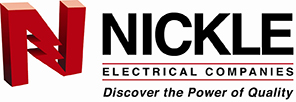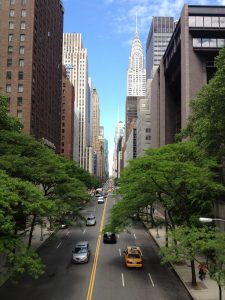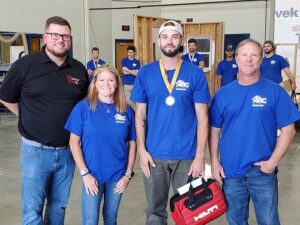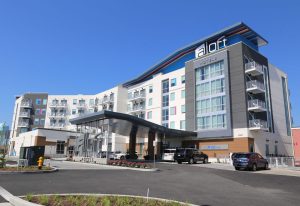Leadership in Energy and Environmental Design (LEED) is a certification program set by the United States Green Building Council in March 2000 to modify the way buildings are built, remodeled, renovated, and maintained. These LEED certified buildings “save money and resources and have a positive impact on the health of occupants, while promoting renewable, clean energy.”
What are the benefits of applying for LEED certification?
LEED certified projects are recognized around the world as high-quality green building. They save money, conserve energy, reduce waste, and improve air quality. They’re the buildings of the future, driving innovation and increasing efficiency.
What categories are there?
Building Design & Construction – newly constructed buildings or buildings going through a major renovation.
Interior Design & Construction – projects with a complete interior fit-out.
Building Operations & Maintenance – existing buildings undergoing improvement work with little or no construction.
Neighborhood Development – new land development or redevelopment projects with residential uses and/or nonresidential uses.
Homes – single-family, low-rise multi-family (1-3 stories), or mid-rise multi-family (4-6 stories).
What credits/prerequisites does my project have to satisfy?
The following credits and prerequisites do not apply to all projects and this is just a comprehensive overview of a handful of them. There are many more details under these umbrellas that you should take a close look at before submitting your project.
Integrative Process – incorporating diverse team members during pre-design.
Location & Transportation – projects in dense areas, near diverse uses, with access to a number of transportation options.
Materials & Resources – use of sustainable building materials and reduction of waste.
Water Efficiency – smarter use of water, inside and out, to reduce potable water consumption.
Energy & Atmosphere – better building energy performance through innovative strategies.
Sustainable Sites – strategies that minimize the impact on ecosystems and water resources.
Indoor Environmental Quality – better indoor air quality and access to daylight and views.
Innovation – sustainable building expertise and design measures not covered under the five categories.
Regional Priority Credits – environmental priorities for buildings in different geographic regions.
Smart Location & Linkage – walkable neighborhoods with efficient transportation options and open space.
Neighborhood Pattern & Design – compact, walkable, vibrant, and mixed-use neighborhoods with good connections to nearby communities.
Green Infrastructure & Buildings – reduce environmental consequences of the construction and operation of buildings and infrastructure.
How can I submit my project for certification?
First you need to choose which category your project falls under. Then you may register your project to begin the process. Once you submit the registration form, you’ll have online access to a number of tools and resources to apply. Then you’ll prepare the application and identify specific credits you want to pursue, collect the information, and prepare documentation to submit with the application. Building Design & Construction and Interior Design & Construction can split their application into two parts – once for design credits and once for construction credits. There will be a preliminary design review, which will include any or all design credits that you want to pursue and a preliminary construction review, which will include all construction phase credits. There are option final design and final construction reviews to evaluate any clarifications needed. Once submission have been reviewed, your project will fall under one of four certifications based on the number of points you received: Certified (40-49 points), Silver (50-59 points), Gold (60-79 points), or Platinum (80+ points). Click here for more detailed information on the certification process.
Is there a fee?
Yes. A flat registration fee is paid up front. Then the certification fee is based on the size of the project and the rating system it was registered under. Those fees are paid when the application is submitted for review.
Can I become certified?
Absolutely. There is a need for LEED experts and you may earn a professional credential to demonstrate your knowledge and leadership of the rating system and green building strategies. You must take an exam, pay the fee, and possibly meet a number of eligibility requirements. Click here for more information on the credentials to become LEED certified.






